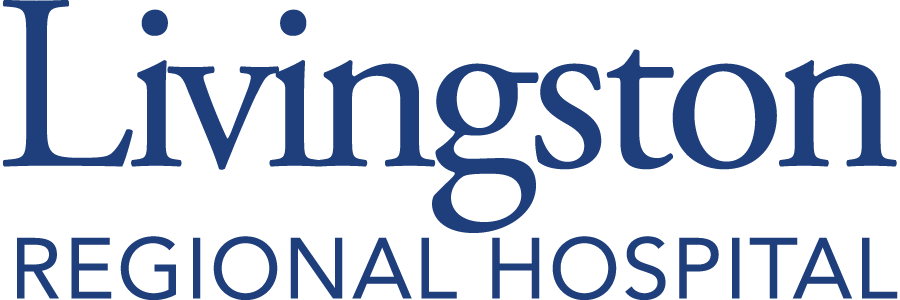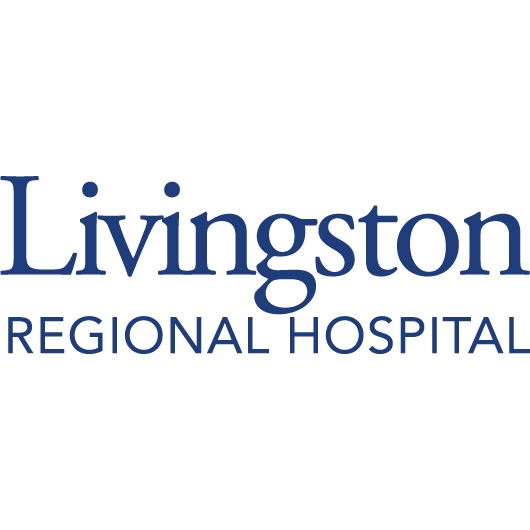Radiology
Clues to Good Health Are Often Hidden
That’s why we’re here.
Diagnostic imaging and radiology procedures allow doctors to clearly see inside your body to give them the information needed for accurate diagnoses. Livingston Regional Hospital offers a comprehensive range of these advanced imaging services.

